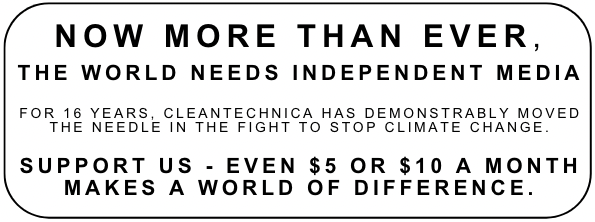The Renewables MMI (Monthly Metals Index) witnessed its highest rise in over five months, with the renewable resources index increasing by 6.58% month-over-month. This was mostly due to GOES (grain-oriented electrical steel) and neodymium shooting up in price in reaction to recent policy changes.

U.S. Policy Shifts Reshape Renewable Energy Market and Metal Prices
The Trump Administration recently introduced a series of policy changes that have reshaped the nation’s energy landscape, particularly for renewable resources and renewable energy. These adjustments include trade tariffs, changes to federal funding and shifts in regulatory policies, all of which have influenced key metals crucial to clean energy development.
Do you know the 5 best practices of sourcing metals, including copper, cobalt and steel?
Policy Adjustments Impacting Renewable Energy
The Trump administration declared a national energy emergency to accelerate domestic energy production. This initiative expedited oil and gas extraction permits while pausing new offshore wind energy projects.

The suspension of federal funding for climate-related programs, including grants for renewable energy projects, has left many initiatives uncertain about their financial viability. As a result, those companies reliant on government-backed incentives for renewable energy expansion now face market risks.
Influence on Metal Prices
Trade policies introduced during this period have significantly affected the prices of metals crucial to renewable energy infrastructure. While a reinstated 25% tariff on steel and aluminum imports aims to bolster domestic production, the move has driven domestic prices while increasing costs for wind turbines.
Though the new tariffs have yet to target copper directly, that market has faced volatility due to broader trade policies and geopolitical uncertainties. Copper is critical for electrical components in renewable energy systems, but supply concerns continue to drive price fluctuations.
Potential Trade Conflicts and Their Implications
The introduction of tariffs has also raised concerns about potential trade conflicts with key international partners, which could disrupt the supply chains for materials critical to renewable energy technologies.
Currently, the U.S. remains dependent on imports of several critical minerals, including rare earth elements and lithium. Many of these elements are essential for things like energy storage and battery production. Trade disputes could increase supply shortages and drive costs higher for renewable energy projects.

There is also the threat that those trade partners affected by the U.S. tariff measures may impose retaliatory duties on American exports, thereby complicating international supply chains. If tariffs increase the cost of imported renewable energy components, firms may struggle to maintain expansion plans. For companies needing precise, up-to-date pricing on these volatile metals without committing to a full-scale subscription, MetalMiner Select gives companies single metal price points and forecasts without having to purchase more price points than needed.
Despite the threats to renewable resources and infrastructure posed by governmental obstacles, some industry analysts predict that technological advancements and the growing global demand for greener energy solutions will propel the rise of renewable energy.
GOES MMI
The GOES (grain-oriented electrical steel) MMI witnessed a significant price rise month over month, increasing by 18.16%. GOES prices reflected broader shifts in the overall national steel market over the past month. For instance, hot rolled coil prices climbed to $719 per short ton on February 7, 2025, the highest level recorded since June 2024.

Several key factors continue to fuel these price increases. For starters, the U.S. power sector remains strained by a transformer shortage, with domestic manufacturers supplying only about 20% of the total market demand. Adding to the pressure are the proposed tariffs, which include a potential 25% duty on steel imports from Canada and Mexico. If implemented, these could drive transformer prices even higher.
Looking ahead, the GOES market is on track for continued growth, propelled mainly by rising demand for energy-efficient transformers. However, obstacles remain. According to the Wall Street Journal, ongoing supply limitations, trade restrictions and insufficient domestic production will likely sustain upward pressure on prices.
Renewables MMI: Noteworthy Price Shifts in Renewable Resources
- Neodymium prices increased by 4.69% to $66,941.78 per metric ton.
- Steel plate prices went up by 3.82% to $951 per short ton.
- Cobalt prices dropped by 3.96% to $20.36 per kilogram.
- Lastly, Chinese silicon prices moved sideways, dropping a modest 0.98% to $1,518.64 per metric ton.




